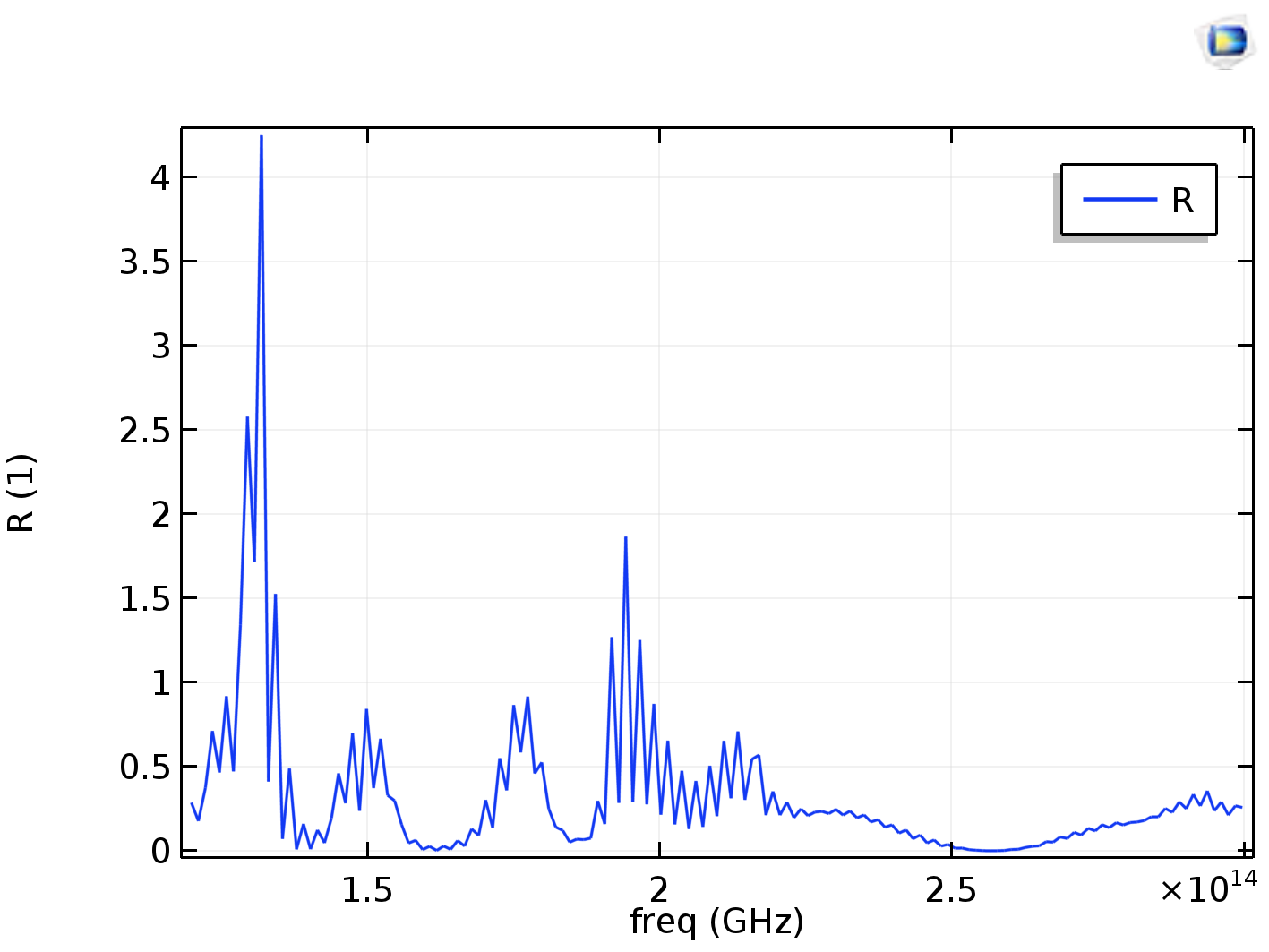

Rutherford’s earlier model of the atom had also assumed that electrons moved in circular orbits around the nucleus and that the atom was held together by the electrostatic attraction between the positively charged nucleus and the negatively charged electron. Bohr’s model required only one assumption: The electron moves around the nucleus in circular orbits that can have only certain allowed radii. Include a picture of the appropriately labeled spectra in your lab report. In 1913, a Danish physicist, Niels Bohr (1885–1962 Nobel Prize in Physics, 1922), proposed a theoretical model for the hydrogen atom that explained its emission spectrum. Pick the top five prominent peaks (in terms of relative intensity / relative height), list each one in the table (see example below), in the order of decreasing prominence, and label each peak in the spectrum by the number you assigned in the table. (b) The energy of the orbit becomes increasingly less negative with increasing n. 2: The Bohr Model of the Hydrogen Atom (a) The distance of the orbit from the nucleus increases with increasing n. Both theoretical and experimental papers are listed. In this state the radius of the orbit is also infinite. Where \(n_1\) and \(n_2\) are positive integers, \(n_2 > n_1\), and \( \Re \) the Rydberg constant, has a value of 1.09737 × 10 7 m −1. This interactive database contains references on atomic spectral line broadening (line shapes and shifts). Because the flame’s temperature is greatest at its center, the concentration of analyte atoms in an excited state is greater at the flame’s center than at its outer edges.\] In this article, however, we’re going to use PES to deepen our understanding of atomic. Although atomic emission continued to develop as an analytical technique, progress in atomic absorption languished for. Scientists often use PES to study the elemental composition of materials or to characterize bonding in molecules. 4.3B: Atomic Absorption Spectroscopy (AAS) Guystav Kirchoff and Robert Bunsen first used atomic absorption spectroscopyalong with atomic emissionin 18 as a means for identify atoms in flames and hot gases. Although atomic emission continued to develop as an analytical technique, progress in atomic absorption languished for almost a century.

An additional chemical interference results from self-absorption. Photoelectron spectroscopy (PES) is an experimental technique that measures the relative energies of electrons in atoms and molecules. Guystav Kirchoff and Robert Bunsen first used atomic absorptionalong with atomic emissionin 18 as a means for identify atoms in flames and hot gases. On the other hand, you might have a carbon-12, the more common isotope of Carbon, 12-6, 6 neutrons. Spectra of Various Chemical Elements Hydrogen (1 electron) Helium (2 electrons) Carbon (6 electrons) Nitrogen (7 electrons) Oxygen (8 electrons) Neon (10 electrons) Argon (18 electrons) Iron (26 electrons) Krypton (36 electrons) Xenon (54 electrons) Mercury (80 electrons) Data to create these graphs is from the NIST Atomic Spectra Database. Carbon, by definition, has 6 protons, so 13-6, you get 7 neutrons. The most intense ion is assigned an abundance of 100, and it is referred to as the base peak. For example, lets say you have a carbon-13. The Nature of Mass Spectra A mass spectrum will usually be presented as a vertical bar graph, in which each bar represents an ion having a specific mass-to-charge ratio (m/z) and the length of the bar indicates the relative abundance of the ion. Instruments may contain as many as 48–60 detectors.įlame emission is subject to the same types of chemical interferences as atomic absorption they are minimized using the same methods: by adjusting the flame’s composition and by adding protecting agents, releasing agents, or ionization suppressors. The mass on the periodic table is the average of all of the different isotopes. \). Schematic diagram of a multichannel atomic emission spectrometer for the simultaneous analysis of several elements.


 0 kommentar(er)
0 kommentar(er)
